At Hindustan Aeronautics Limited’s Nashik line on 17 October, Defence Minister Rajnath Singh watched the first Tejas Mk1A lift into the sky—ceremony, water cannons, and patriotic soundtracks included. Beneath the pageantry sits a harder truth: this was not an operational induction. It was the maiden flight of the first Nashik-built Mk1A, and the Indian Air Force (IAF) is still waiting for delivery after nearly two years of slippage.
“We are eagerly waiting… hungry mouths for food,” the Air Chief said earlier this year, in a rare public rebuke to HAL.
What actually happened (and what didn’t)
- Happened: The first Mk1A from HAL’s third production line flew successfully at Nashik—a symbolic ramp-up milestone.
- Didn’t happen: IAF induction/delivery. Weapons integration, radar testing, and software certification are completing; handover is expected near month-end, not today.
Why the delays really happened
The program’s metronome is a foreign one: GE’s F404-IN20 engine. India ordered 99 units in 2021; the line had to be restarted post-2016, and the first engines arrived ~18 months late. As of mid-October 2025, HAL has only a handful in hand, with GE promising ~2/month moving forward. That throttles Nashik+Bengaluru’s combined capacity and pushes FY26 deliveries down to low double digits—too thin for squadron recovery.
Counterpoint: Blaming HAL alone is lazy. Re-starting a dormant global supply chain under pandemic-era vendor churn is non-trivial. Also, the private-sector pivot (VEM center fuselage, L&T wings, Tata empennage, Alpha Tocol rear fuselage, etc.) is a structural change India actually wanted. Structural change is slow.
The human and strategic cost
IAF squadrons have fallen to ~29 vs. a sanctioned 42. With the MiG-21 finally retired after 62 years (and a grim safety record), the gap is no longer a spreadsheet problem—it’s a readiness problem in a potential two-front scenario against China and Pakistan. Every late Tejas is another month of fleet aging.
Pushback on the panic: The IAF has hedges—Rafales, Su-30 upgrades, MRFA plans. But hedges are expensive, and they blunt the Atmanirbhar thesis.
The unexpected engine room: India’s private suppliers
The Nashik “first flight” stole headlines, but the storyline is distributed: 6,300+ Indian vendors (incl. ~2,400 MSMEs) now feed Tejas Mk1A, raising indigenous content north of 60%. This is the real industrial dividend: capabilities—metal bonding, composites, avionics integration, quality assurance—exportable beyond Tejas.
Fragility warning: One Danish export curb on a niche sensor amp last year forced emergency indigenization. Distributed ecosystems multiply resilience and failure points.
Export ambitions, imported vetoes
HAL has courted buyers from Manila to Buenos Aires. The blocker isn’t always performance; it’s policy plumbing. GE engines (and certain UK subsystems) trigger third-country approval regimes. Competitors—KAI’s FA-50, the Sino-Pak JF-17—arrive with fewer strings and proven multi-operator records. Export credibility rests on deliveries at home + policy-clean configurations.
Contrarian take: A Safran-style Franco-Indian engine co-dev, or a serious Kaveri 2.0, isn’t romantic nationalism. It’s export hygiene.
What happens next (the realistic timeline)
- FY25–FY28: Ramp toward ~24 Mk1A/year across three lines, contingent on F404 cadence.
- 2026–27: Tejas Mk2 first flight (F414), with canards and higher payload.
- 2028–35: Mk2 deliveries;
- ~2036+: AMCA IOC, initially with F414, indigenous engine later.
Historical caution: LCA was sanctioned in 1983; IAF got Mk1 in 2016. Plans slip. Buffers must be designed in.
The BIGSTORY reframe
India isn’t building a jet; it’s attempting to build an ecosystem—and discovering that self-reliance is choosing your dependencies, not eliminating them. Engines, export approvals, chips, and niche components remain strategic choke points. The victory at Nashik is real—but it’s industrial, not operational.
Why this matters
Because strategy lives in constraints. If India wants to move from buyer to seller, it must treat engines and electronics like sovereign assets, not commodities. Anything else is ceremony with strings.
FAQs
Was Tejas Mk1A inducted into the IAF on Oct 17, 2025?
No. It completed its first flight from HAL’s Nashik line. Delivery to IAF follows after final certifications.
Why are Tejas Mk1A deliveries delayed?
A late restart of GE’s F404 engine line and supply-chain churn throttled airframe output, pushing handovers out by quarters.
How many squadrons does the IAF need vs. have?
Sanctioned: 42; available: ~29, after MiG-21 retirement—deepening the readiness gap.
Can India export Tejas easily?
Not easily. US engine/UK subsystem approvals can veto deals; buyers prefer multi-operator, proven, on-time platforms.
What’s next after Mk1A?
Tejas Mk2 flight tests (F414), deliveries late decade; AMCA post-2036, with an indigenous engine planned later.

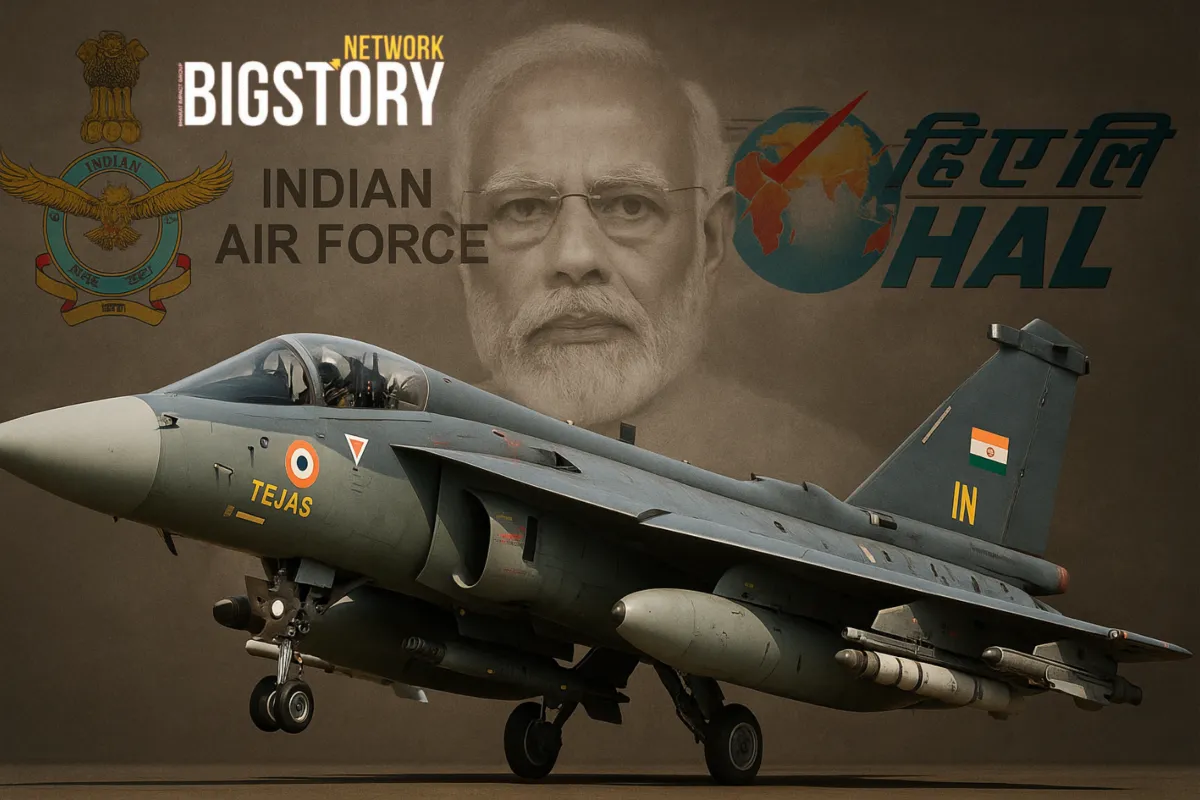
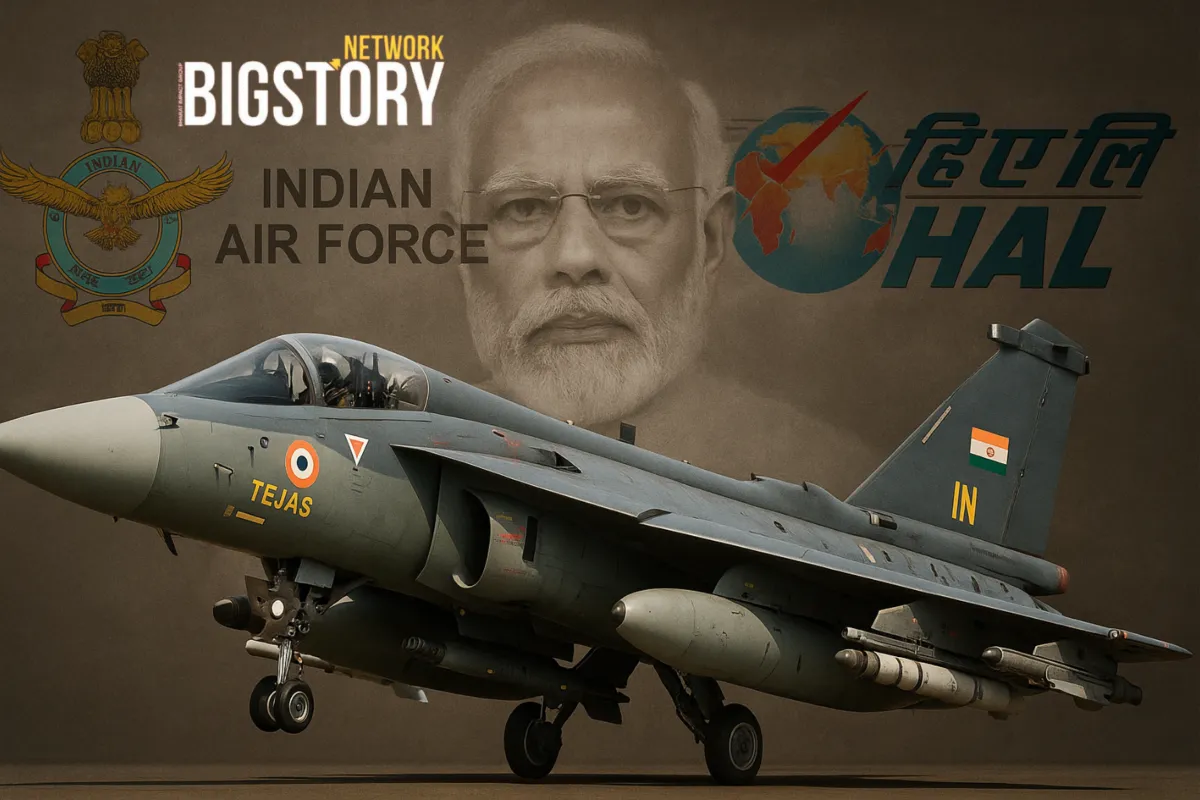
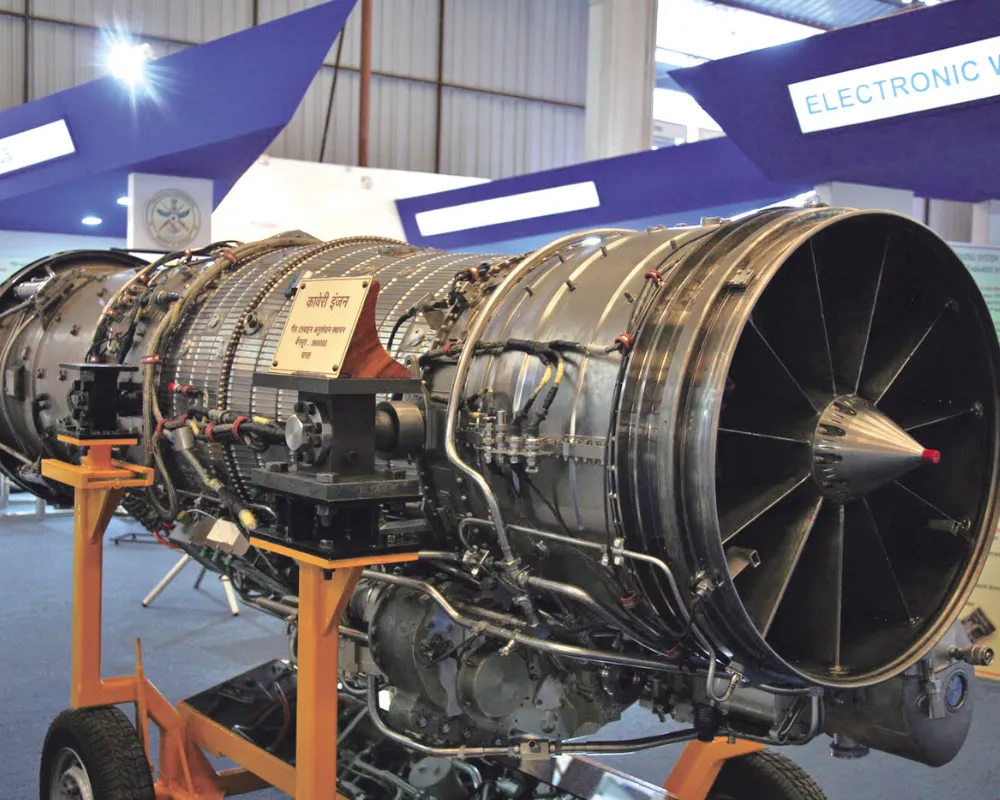
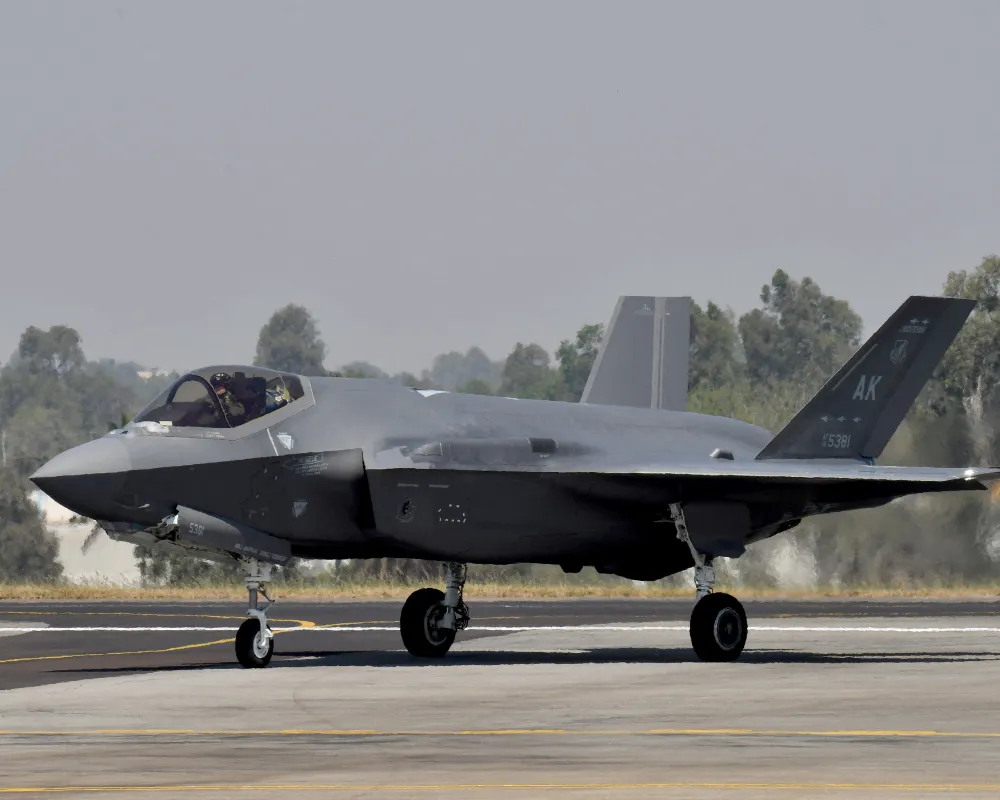
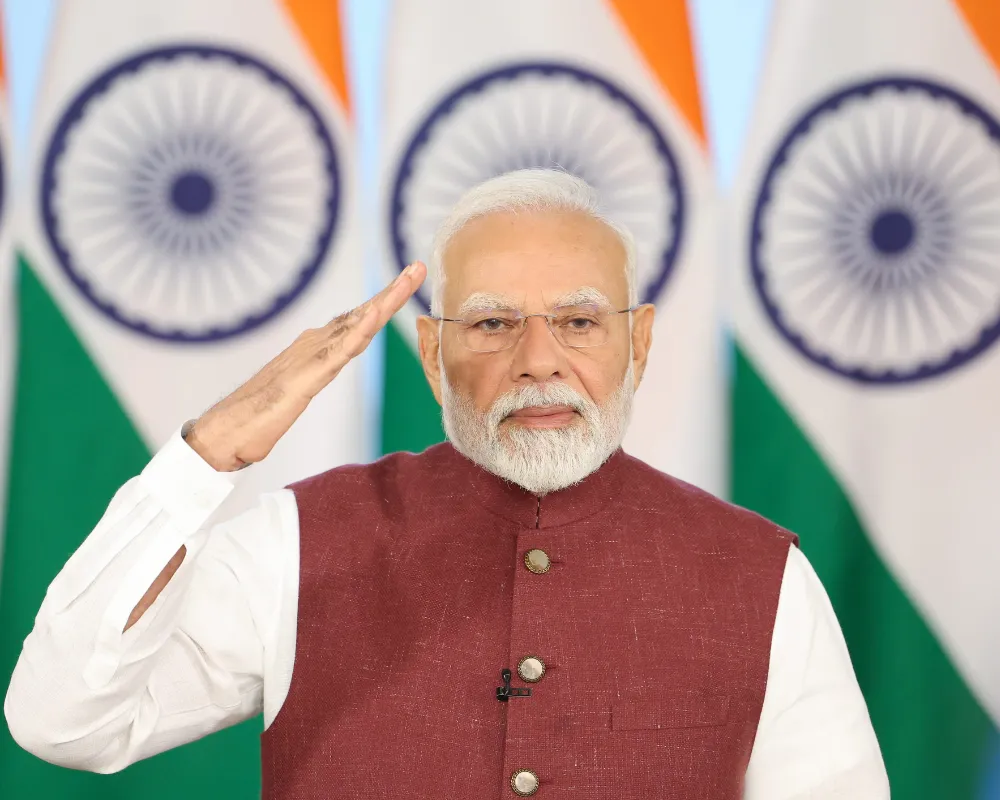

Leave a Reply